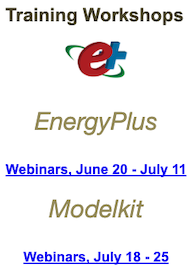eQuest simplified glass input method
I'm preparing a LEED EAp1/c2 model for which the construction documents specify glazing in terms of performance (i.e. U-value, SHGC, etc.). This makes inputting glass via the glass library tricky, as it basically amounts to reverse-engineering performance specifications. Much simpler would be entering these specifications directly using the "simplified" input mode, but I have heard rumblings here and there about this method being less accurate.
I'm wondering: what exactly is the difference, and how significantly will this affect model performance? Are there particular conditions under which using this input method might be more or less acceptable?






